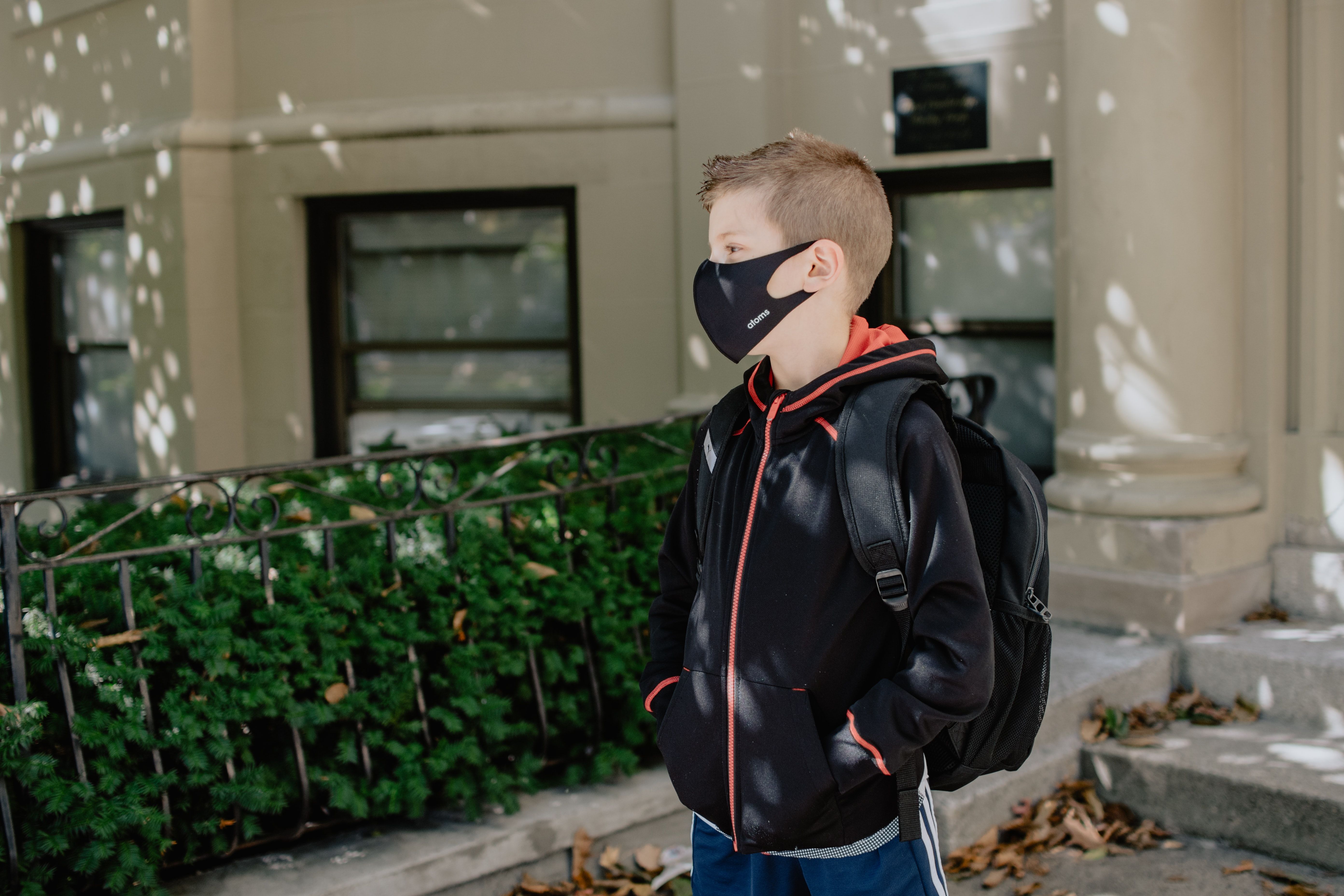Testing School-Age Children During Quarantine
A research team recently sought to address this by assessing SARS-CoV-2 positivity in students on or after 9 days after an exposure.

When will schools fully resume in-person classes? This has been an increasingly conversation around when schools can safely resume in-person lessons and it’s not as clear cut as we’d like. Many schools have shown that with the utilization of intervention strategies, like masking, smaller class sizes, distancing, etc., it can be done successfully. The challenging piece though, is that this requires pretty significant resources and coordination.
The US Centers for Disease Control and Prevention (CDC) has rolled out their operational strategies for K-12 school through a phased mitigation approach. This includes components like health equity considerations, indicators of community transmission, mitigation strategies to reduce transmission, testing, and more. One of the main pieces to this includes plans to respond to cases and quarantine those who would be considered exposed. A 14-day quarantine can be impacting for schools and families, which has begged the question—can we use the shortened CDC quarantine options?
A research team recently sought to address this by assessing SARS-CoV-2 positivity in students on or after 9 days after an exposure to a confirmed case. While the data for adults has found that the average incubation period is around 4-5 days after an exposure, it might be longer for children.
The team utilized data from Alachua County in Florida, which decided to implement testing on day 9 for those in quarantine and a return to school on 10 day (following negative test result). The county included 49 schools serving over 26,000 students and was utilizing a hybrid model in which 49% of students were enrolled for in-person lessons.
The authors noted that “Student contacts of confirmed COVID-19 cases were quarantined and offered RT-PCR testing at day 3 (to exclude students who might have been infected at the same time as the confirmed case) and at day 9; testing was sometimes delayed to days 10 to 14. Asymptomatic students who tested negative on days 9 to 14 could return to school on the day following their negative test. If no testing was administered, a 14-day quarantine was required.”
From August to the end of November 2020, in a county with a test positivity rate of 4.9%, there were 495 suspected student cases tested and of those, 51.9% were positive for SARS-CoV-2. From these cases, 2189 contacts were identified and quarantined, of whom 134 (6.1%) were tested on day 3, then 839 on days 9-14. The authors found that “Of the 839 student contacts tested on days 9 to 14, 40 (4.8%) were positive for SARS-CoV-2 infection. Of the 388 student contacts in high school who were tested, 32 (8.2%) were positive for SARS-CoV-2 infection on days 9 to 14 compared with 8 (1.8%) of 451 student contacts in elementary and middle school who tested positive (P < .001).”
Of those 799 students who had a negative test result on days 9-14, only 1 became symptomatic after returning to school (and tested positive for SARS-CoV-2 on day 14 after testing negative on day 9). Genomic sequencing found that this student’s virus was distinct from that of the student who they were exposed to, meaning that it’s possible an exposure occurred while during quarantine.
The authors emphasized that the testing on day 9 was an effective strategy as it identified 8.2% of high school contacts who would have returned to school with a SARS-CoV-2 infection.
Overall, this sheds light on the importance of testing during quarantine if a shortened period is to be utilized, but also is limited in that it only offered testing and was also dependent upon symptoms. More surveillance screening during these quarantine periods would be beneficial to identify more common quarantine periods, especially in younger children as the transmission dynamics in older children are more similar to adults.



















